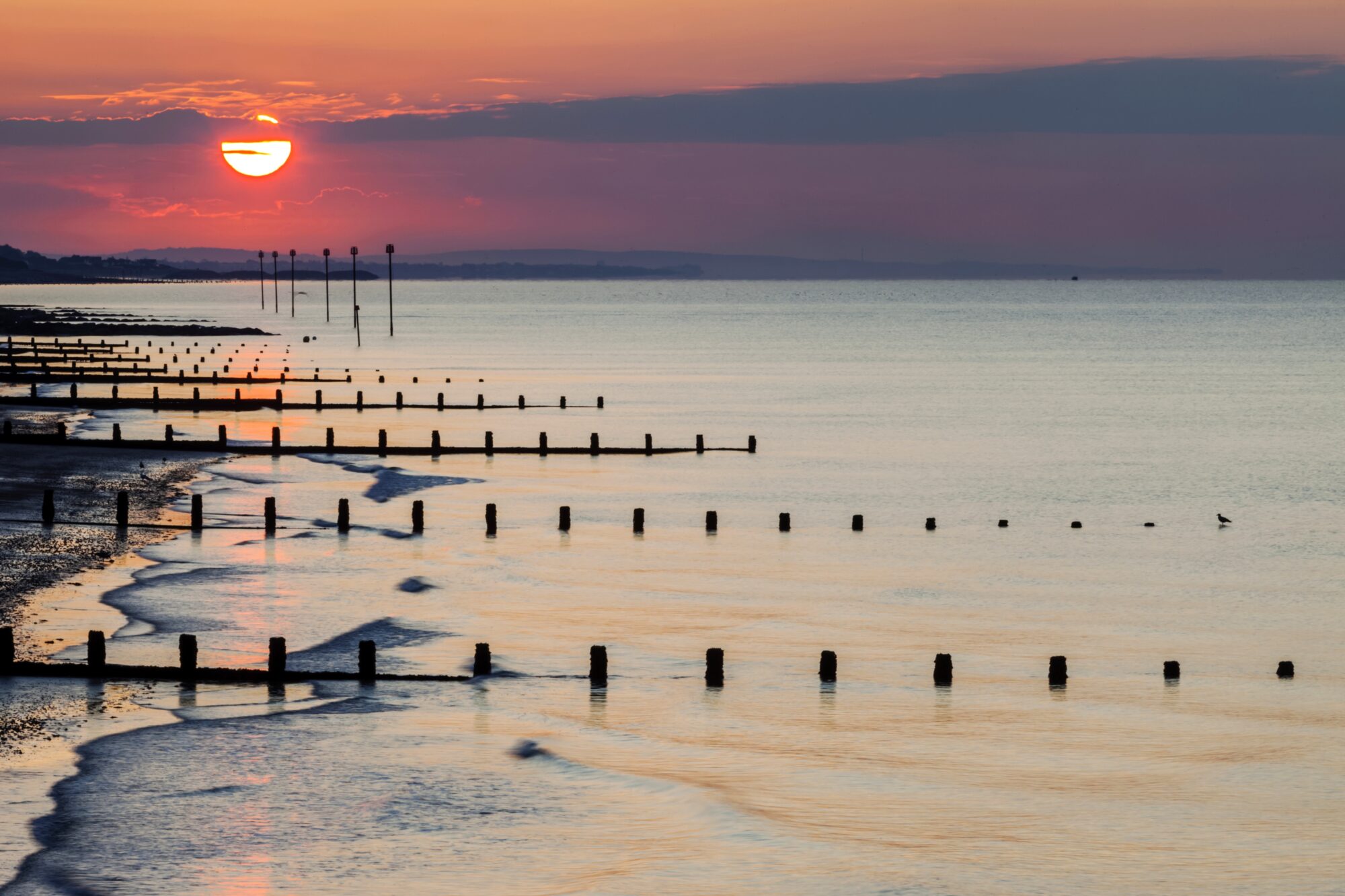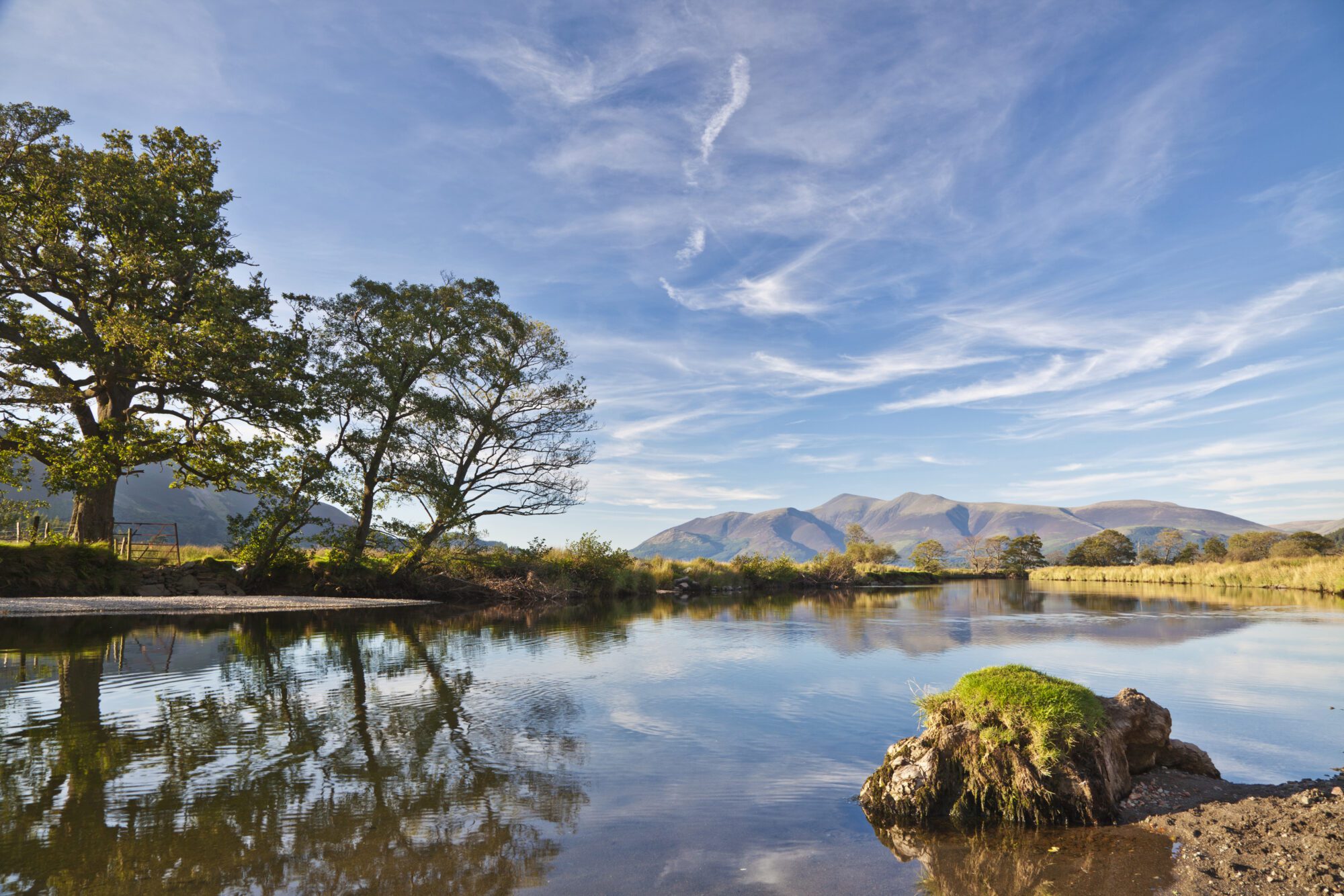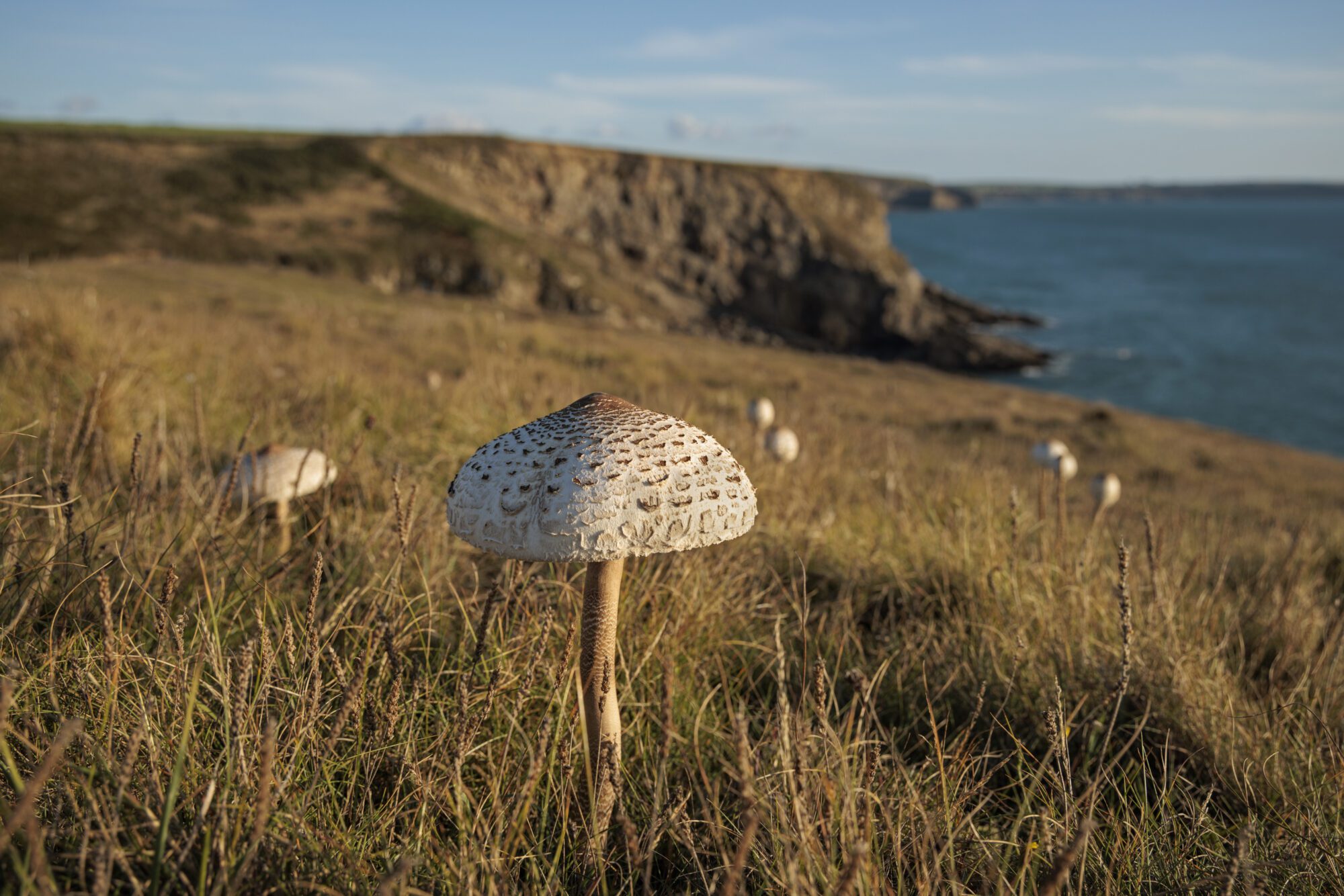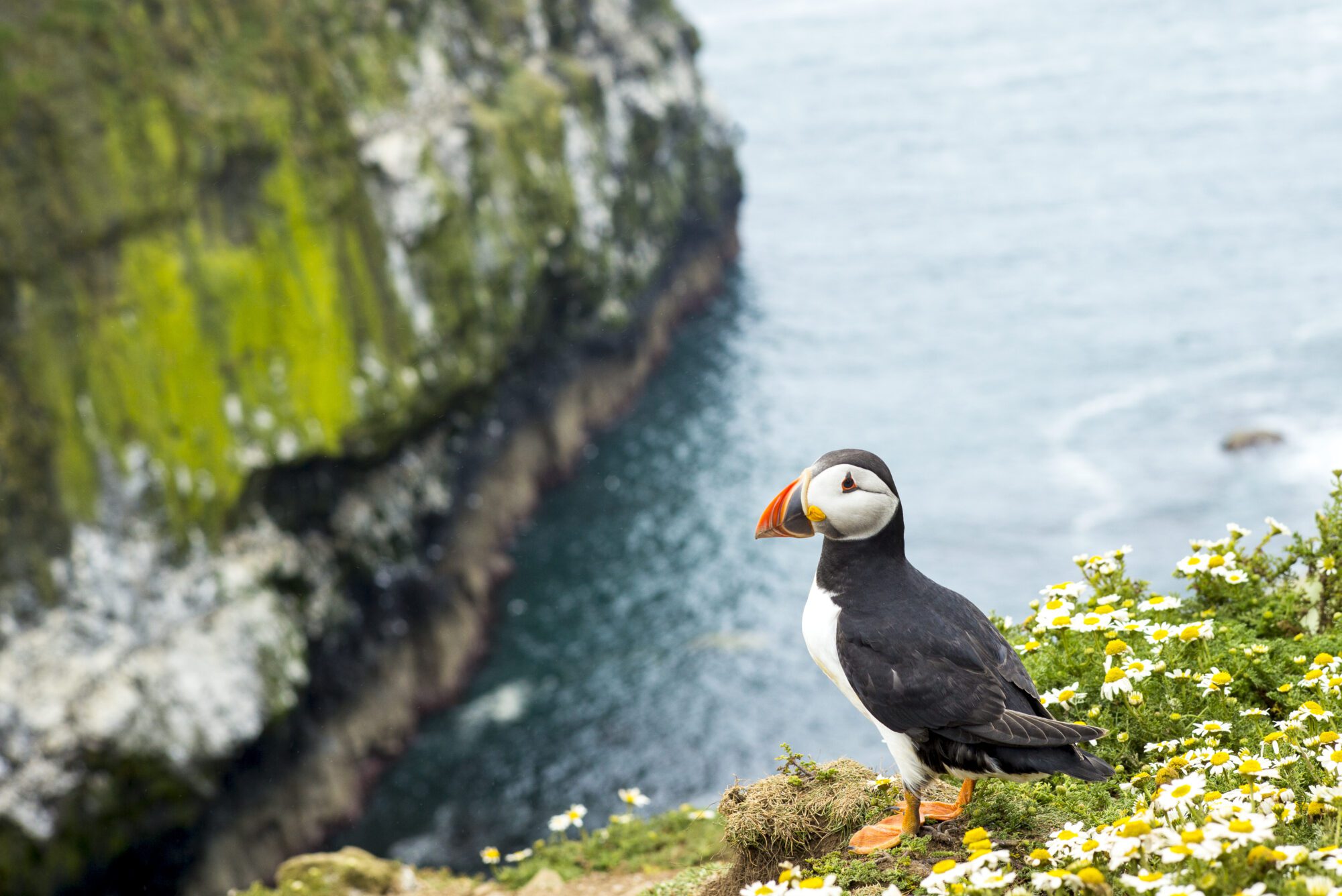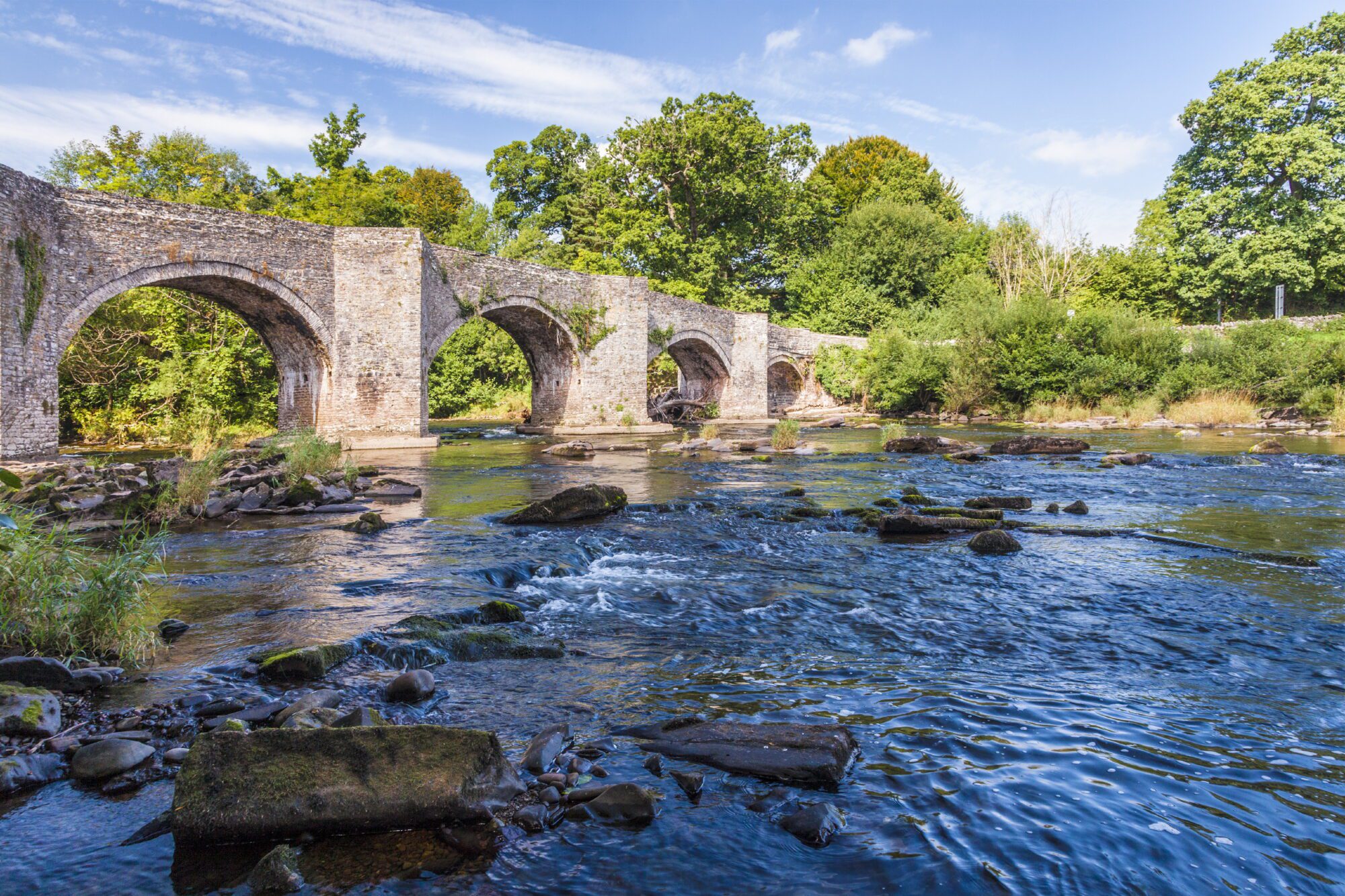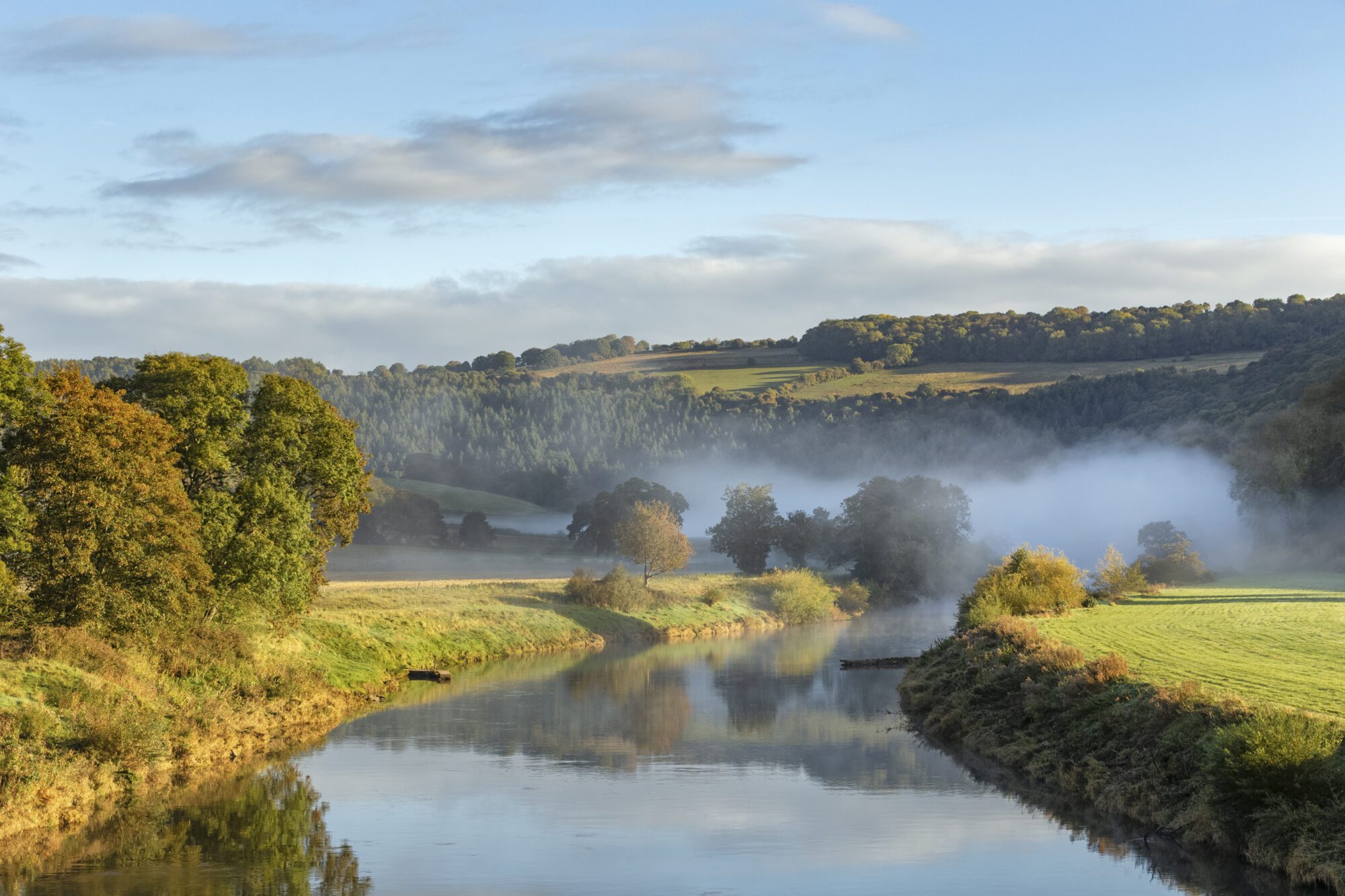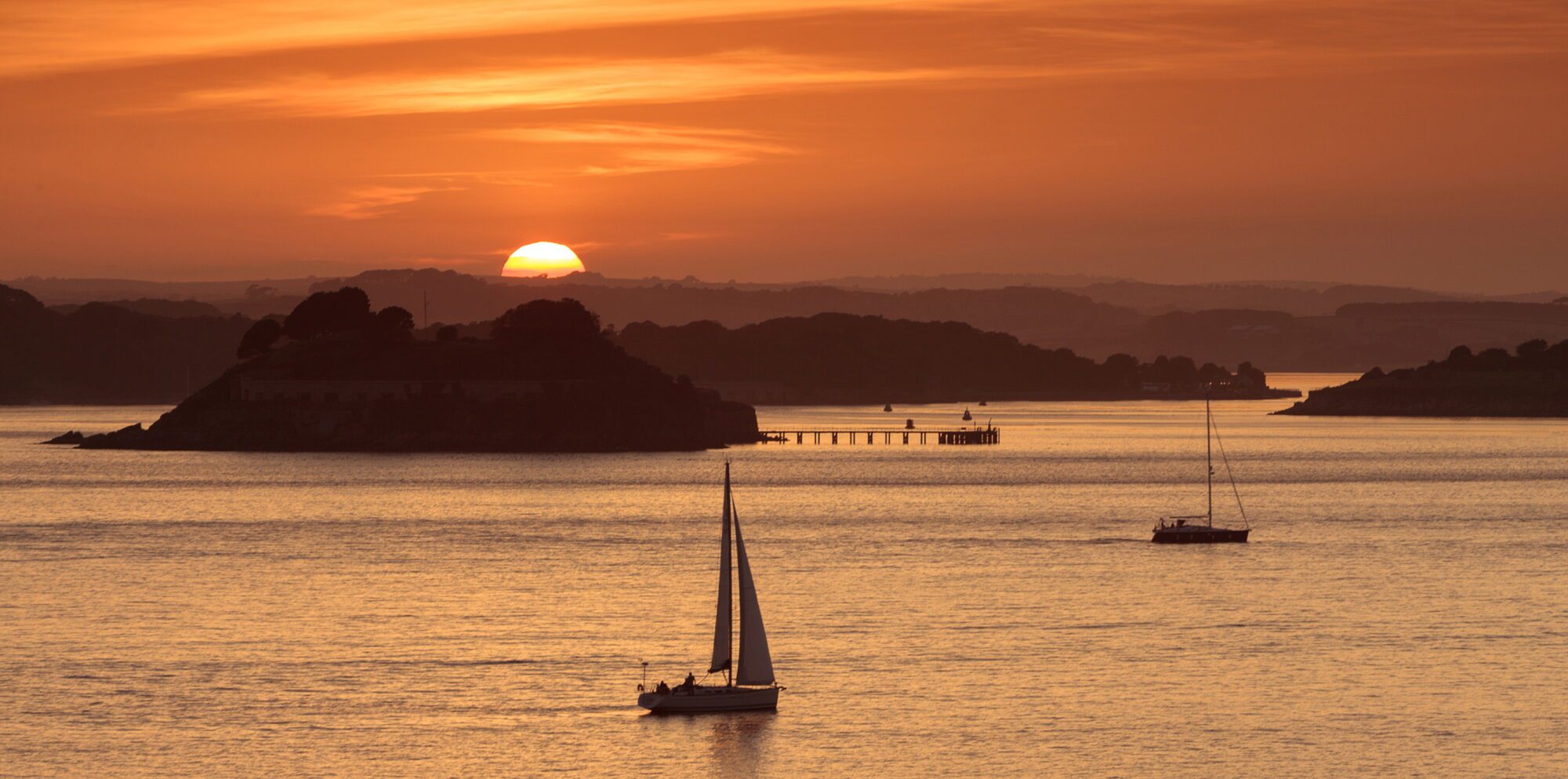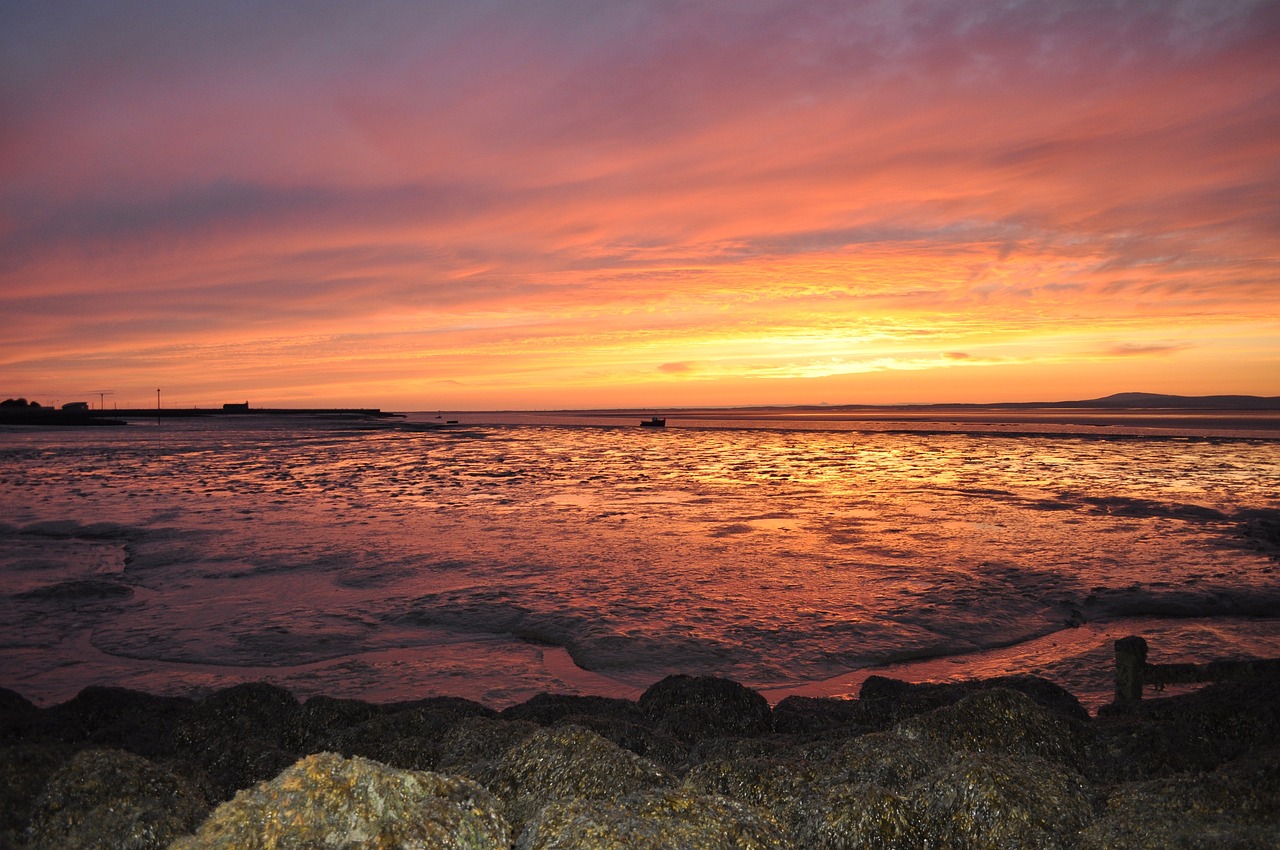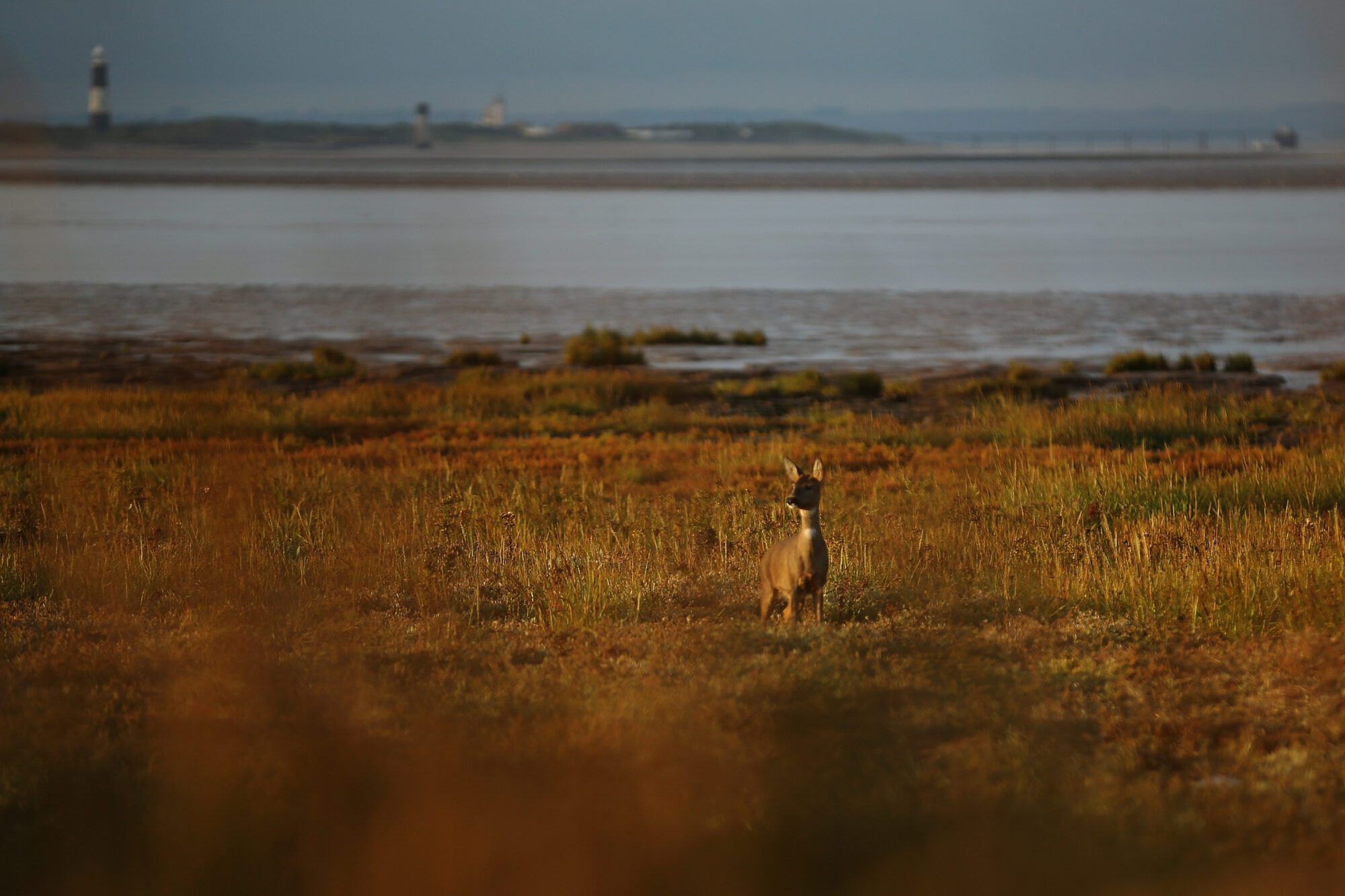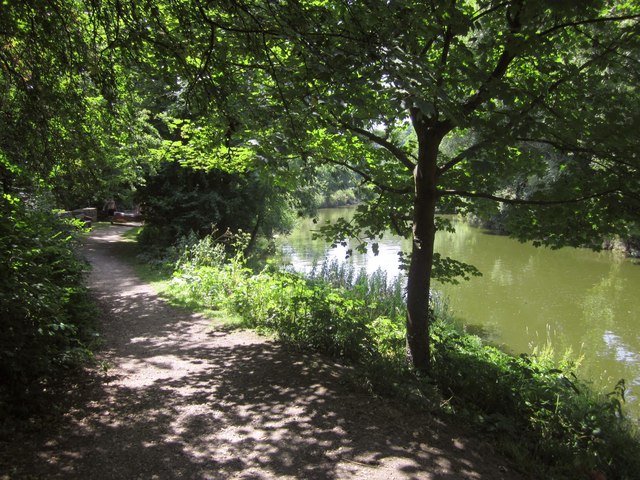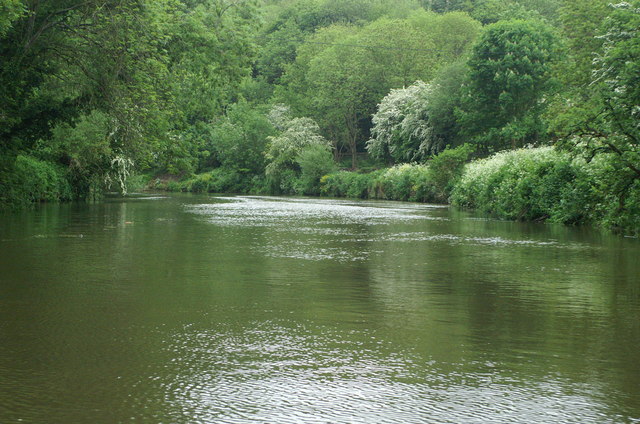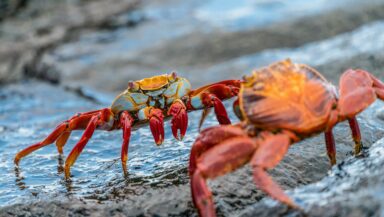Sewage poured into England and Wales’ most-precious coastlines and waterways for more than 300,000 hours in 2022, a new Unearthed investigation has found.
Greenpeace’s investigative journalists found nearly 1,200 sewage pipes that spilled in or close to important natural habitats last year. Sewage pollution spills from storm overflows are measured in hours through Event Duration Monitoring (EDM) data. Water companies legally have to monitor and report these hours to the Environment Agency and Natural Resources Wales for their permits.Why are sewage spills measured in hours?
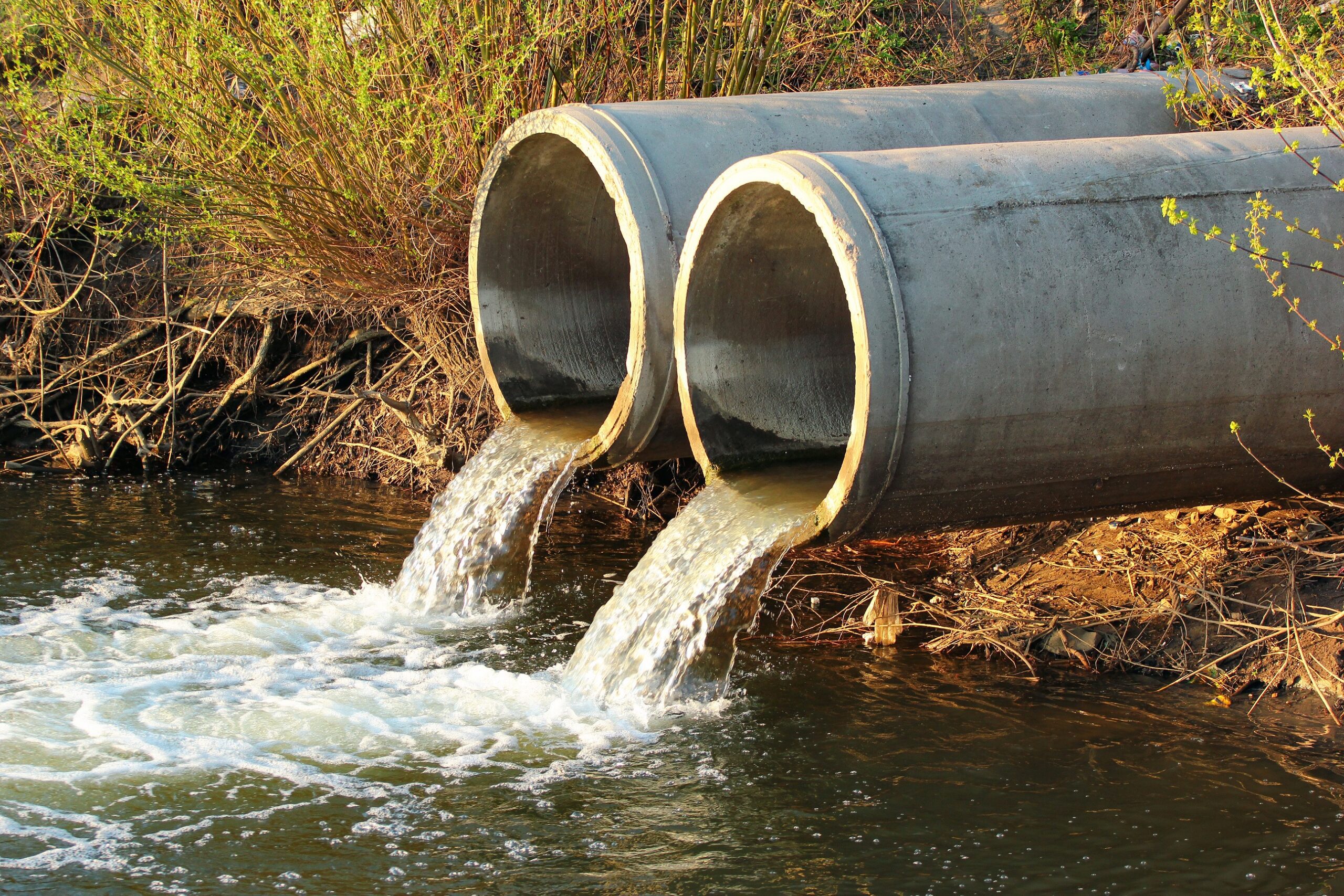
These are places that are supposed to be protected by formal conservation regimes: Sites of Special Scientific Interest (SSSIs), Special Area of Conservation (SACs), Special Protection Area (SPAs) and Ramsar sites (wetlands of international importance).
These often overlap with national parks and popular holiday destinations.
Unearthed mapped these areas against water companies’ sewage spill monitoring data, which details the number and length of spills from each pipe in 2022. This interactive map shows how much sewage poured into important nature sites across England and Wales last year.
Here are some of the beautiful and scientifically-important wild places water companies are polluting:
1. Dorset Coast
The Solent and Dorset Coast is a Special Protection Area spanning West Sussex, Isle of Wight and Dorset. This coastline received more than 14,000 hours of sewage spills last year.
Bognor Regis (Aldwick), a coastal town popular during the holiday season, falls within the SPA and was given “Poor” bathing water status in 2022.

